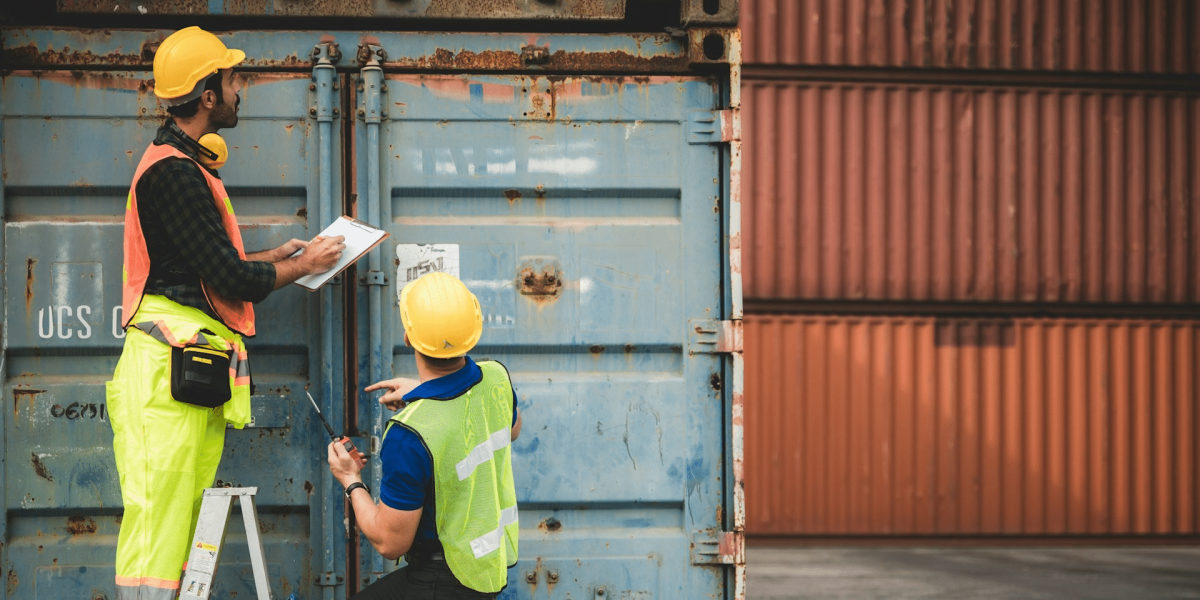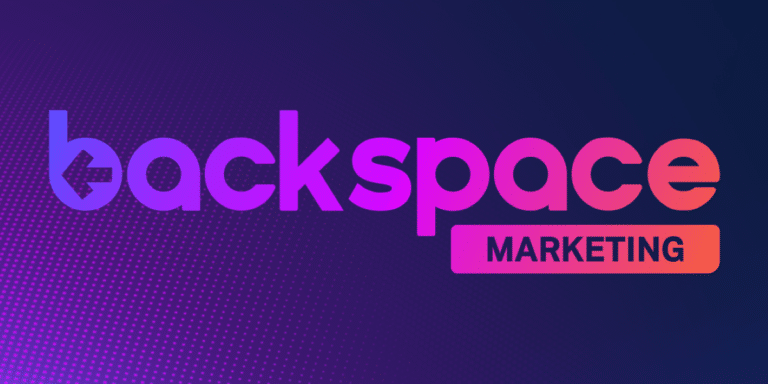Portland’s container services have long played a crucial role in supporting the region’s trade, connecting it to global supply chains, and driving the local economy. However, the port has faced increasing challenges in recent years, particularly as global trade dynamics shift and operational hurdles mount. From labor shortages and port congestion to competition from other West Coast ports, these issues complicate the efficient movement of goods through Portland’s port facilities. This article delves into the key challenges affecting Portland’s container services and their broader implications for the region’s trade capabilities.
Port Congestion
One of the most pressing challenges facing Portland’s container services is port congestion. With limited terminal capacity and increasing demand, congestion is becoming more frequent, leading to delays in loading and unloading containers.
Terminal Capacity
Portland’s terminals are often stretched to their limits, particularly during peak seasons when shipping traffic surges. This strain on terminal capacity has been exacerbated by the rise in global trade and the increasing size of container ships, which bring more cargo with each voyage. The result is longer wait times for ships to dock, which disrupts the flow of goods into and out of the port.
Delayed Shipping Times
The congestion also leads to significant delays in shipping times. When ships are forced to wait for docking space or when containers pile up due to slow processing, it creates a backlog that affects the entire supply chain. This results in increased costs for businesses and delays for consumers waiting on products.
Labor Shortages
Labor shortages have emerged as a significant issue for Portland’s container services. The port, like many others across the U.S., has struggled to attract and retain enough workers to manage the heavy workload involved in container processing.
Worker Strikes
In recent years, disputes between port authorities and labor unions have resulted in strikes that have shut down operations. These strikes cause major disruptions to the movement of goods and have long-term effects on the port’s reputation as a reliable trade hub. When workers strike, cargo handling grinds to a halt, further worsening congestion and delays.
Aging Workforce
In addition to strikes, the aging workforce in the port industry presents another challenge. Many port workers are nearing retirement, and there has been a lack of younger workers entering the field to replace them. This shortage of skilled labor slows down operations and threatens the port’s ability to maintain efficient services.
Infrastructure Limitations
Portland’s container services face infrastructure challenges that hinder their ability to handle growing shipping demands efficiently. Outdated facilities, inadequate equipment, and limited space for expansion are all factors limiting the port’s operational capacity.
Port Modernization Costs
Upgrading the port’s infrastructure is an expensive endeavor. Significant investments are needed to modernize equipment, expand terminal capacity, and build better facilities for handling larger ships. However, budget constraints often delay these projects, further straining the port’s ability to keep up with demand.
Lack of Automation
Portland’s port facilities are also facing challenges with technological deficiencies. Many major ports globally have adopted automation technologies that enhance efficiency by speeding up container handling and reducing reliance on manual labor. Portland has been slower to adopt such technologies, putting it at a competitive disadvantage.
Competition with Other Ports
Portland faces stiff competition from other West Coast ports, including Los Angeles, Long Beach, and Seattle. These larger ports often attract more shipping traffic due to their larger capacities, better infrastructure, and proximity to key international markets.
Loss of Shipping Contracts
Some shipping companies have opted to reroute their traffic to other ports, citing more efficient services and shorter wait times elsewhere. This trend is worrying for Portland, as it loses valuable shipping contracts and revenue to its competitors.
Strategic Location Disadvantage
Compared to ports like Los Angeles and Long Beach, Portland’s location poses a disadvantage when it comes to attracting certain trade routes. Many shipping companies prefer ports that offer more direct access to Asian markets, which is a crucial consideration for international trade routes.
Environmental Regulations
Portland’s container services must also navigate increasingly stringent environmental regulations. These regulations, aimed at reducing emissions and minimizing environmental impact, place additional burdens on port operations.
Carbon Emission Standards
The need to comply with strict carbon emission standards means that Portland’s port facilities must invest in cleaner technologies and equipment. This includes retrofitting cargo-handling equipment and transitioning to cleaner fuel alternatives for ships. While these measures are important for sustainability, they also raise the cost of operations and require significant capital investment.
Environmental Compliance Costs
Port authorities must also invest in environmental compliance, which often involves installing new systems to monitor and reduce emissions. These systems are costly and require ongoing maintenance, adding another layer of financial pressure on port operations.
Global Supply Chain Disruptions
The COVID-19 pandemic highlighted the vulnerability of global supply chains, and Portland’s container services were not immune to these disruptions. The global shipping industry has experienced delays, container shortages, and fluctuations in demand that have impacted ports around the world, including Portland.
Shipping Container Shortages
One of the major challenges during the pandemic was the shortage of shipping containers. This global issue slowed down the movement of goods through Portland’s port, as shipments were delayed or canceled due to the lack of available containers.
Disrupted Trade Routes
Changes in global trade routes and fluctuating demand for goods have also created disruptions for Portland’s container services. With shifts in consumer behavior and changing manufacturing hubs, Portland must adapt to these new trade patterns to remain competitive.
Cost of Operations
The cost of operating a major container service facility is significant, and for Portland, these costs are rising due to increased labor costs, regulatory compliance, and the need for infrastructure upgrades.
Increased Freight Rates
Global economic conditions have led to higher freight rates, which have a direct impact on the cost of moving goods through Portland’s port. These increased costs are often passed on to businesses and consumers, making it more expensive to import and export goods.
Technological Deficiencies
A lack of investment in automation and modern technologies has left Portland’s container services lagging behind other major ports in terms of efficiency. The costs associated with maintaining outdated systems and the need for future upgrades further increase the operational burden.
Trade Policy Changes
International trade policies also impact Portland’s container services. Changes in trade agreements, tariffs, and international regulations can either create opportunities or impose new challenges for the port.
Tariffs and Trade Wars
Recent trade wars, particularly between the U.S. and China, have led to tariffs and other trade barriers that disrupt the flow of goods. These disruptions have had a ripple effect on Portland’s container services, which rely heavily on international trade.
International Trade Tensions
Geopolitical tensions between nations, such as sanctions or embargos, also affect the volume of goods passing through Portland’s port. The unpredictability of international trade relationships can lead to fluctuations in demand and shipping patterns, making it difficult for the port to plan for long-term growth.
Portland’s container services face a range of challenges that are both operational and external in nature. From labor shortages and port congestion to competition from other West Coast ports and environmental regulations, the port must address these issues to remain competitive in the global market. To meet future demand, Portland will need to invest in infrastructure, adopt modern technologies, and navigate the complexities of global trade. Despite these hurdles, the port has opportunities for growth by focusing on sustainable practices, improving efficiency, and fostering stronger relationships with global trading partners.







